Everywhere you look, the future looks green. In the United States, demand for green jobs is up over 50% since 2019. New legislation has freed up billions of dollars for clean energy and infrastructure projects. But, what happens when there aren’t enough qualified workers?
The Boston Consulting Group estimates that the green jobs gap will reach 7 million workers by 2030. The largest skill gaps lie in solar, wind, and biofuels technology.
Let’s examine what green jobs are, barriers to green workforce development, and why you should invest in green jobs.
What Are Green Jobs?
Green jobs are jobs that enable the sustainability of economic activities. These career paths focus on reducing carbon emissions, conserving natural resources, and supporting sustainable infrastructure.
While some green jobs focus exclusively on protecting the environment, others integrate green skills into generalist careers. For example, many HVAC and construction professionals are learning how to retrofit buildings for sustainability in a changing climate. Other professionals, such as electricians, are adding green skills to their services like solar installation or EV charging installation.
3 Green Job Examples
Green jobs span industries from agriculture to architecture to waste management, but a large number fall under infrastructure and construction. Here are three green jobs that are on the rise today.
Solar Installer
Solar Installers assemble, set up, and maintain rooftop or other systems that convert sunlight into energy. This typically includes planning the configuration of the system based on customer needs and the condition of the site, and then installing everything according to building codes and standards.
Projected Growth: 48% by 2033 (much faster than average)
Average Salary: $48,800 per year or $23.46 per hour
Required Education: A high school diploma or equivalent, basic electrical and solar knowledge, and on-the-job training.
Energy Efficiency Technician
Most U.S. homes and commercial buildings are over 30 years old, meaning they weren’t designed with energy efficiency in mind. Energy efficiency technicians (also called weatherization technicians) improve a building’s energy efficiency by analyzing energy usage and infrastructure, installing energy-saving technology, and educating customers about conservation.
Projected Growth: 6% by 2028 (average)
Average Salary: $44,720 per year or $21.50 per hour
Required Education: A high school diploma, basic HVAC and electrical knowledge and skills, and on-the-job training
Green Construction Manager
A green construction manager is responsible for ensuring that on-site processes are environmentally friendly and that contractors follow green building practices including waste management and indoor air quality. They also oversee workers, budgets, scheduling, and safety in general.
Projected Growth: 9% by 2033 (faster than average)
Average Salary: $98,890 per year or $47.55 per hour
Required Education: An associate or bachelor’s degree, safety certifications, and green building certifications like LEED.
The Green Skills Gap
Brookings Institute found that most cities cite clean energy projects as a priority, but few have a plan for training workers to carry out those projects. Three main factors contribute to a workforce that lags far behind demand.
1. Consistent growth, competitive pay
According to the Brookings Institute, green jobs pay up to 19% more than the national median wages. Many professionals like electricians, green HVAC technicians, and solar installers earn competitive salaries. Coupled with the expected job growth, green jobs offer a stable, enticing career choice.
2. Most green jobs only require light reskilling
Many green jobs don’t require a college degree, and BCG found that 40% of green jobs only require light reskilling. This is good news for two reasons:
- Lower barriers to entry. Since many green jobs only require a certificate and on-the-job training, cities and states can invest in green workforce development with a shorter timeline and lower costs than careers requiring a four-year degree.
- Prime reskilling potential. Since many green jobs only require light reskilling, they offer an opportunity to retrain workers who have been displaced by outsourcing, AI, or declining high-carbon industries like oil and gas.
3. Availability of federal funding
Passed in 2021, the Infrastructure Investment and Jobs Act (IIJA) and Inflation Reduction Act (IRA) earmarked $1.25 trillion for a wide variety of climate-related projects. Workforce development projects are eligible for 54 programs within this legislation, totaling $75 million. State and local governments can harness this funding for technical training, apprenticeships, and collaborations for green jobs development.
4. Benefits to communities
Finally, green jobs build stronger communities. Cities and states that invest in green infrastructure will have less pollution and be more resilient in the future. But without qualified workers, it’s difficult to achieve these goals. Green jobs offer fulfilling, stable career paths for residents, who can invest back in their communities. Developing a green workforce means positioning your community for health, longevity, and growth.
Taking the First Steps Toward Green Workforce Development
First, outline a green jobs plan that maps to and supports your area’s climate action plan. Choose one or two focus areas like renewable energy, green construction, or sustainable transportation to start.
Next, research funding sources and launch an education program to train job-seekers and career changers. Rather than building a program yourself, consider an education partner that can bring a flexible, out-of-the-box program to your area.
Interplay Learning’s Clean Energy and Solar Academies offer immersive learning and industry-recognized certificates mapped to industry standards. Equipped with 3D simulations, expert-created content, and even a built-in AI mentor, Interplay Academy engages and prepares learners for a rewarding career.










